Perspectives on the statue
Part of the Addressing the Statue exhibition.
Should the statue remain or come down? The 2017-2018 New York City Commission on Art, Monuments, and Markers was divided. In 2018, the Mayor decided that the Museum should provide additional context for the statue. Below, experts and visitors shared their views.
“What I’d like to do is show the African and the Indigenous person in front of Roosevelt, instead of seeming as though they’re being dragged into the future. They came before the 26th president, prepared the ground for him, and they should be seen first. Artists are forever changing the chemistry of what you look at and we should encourage visitors to re-examine this representation.”
—Sokari Douglas Camp, Sculptor, Honorary fellow, University of Arts, London, and School of Oriental and African Studies, University of London
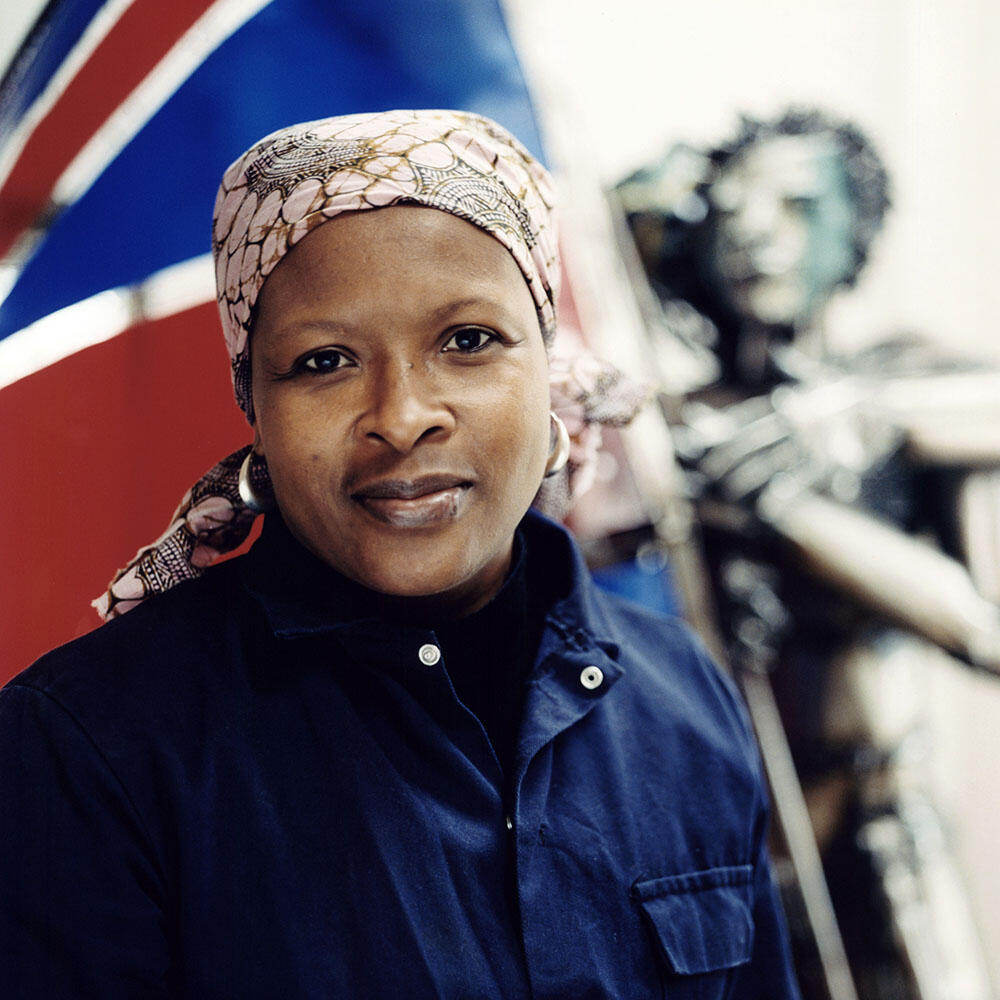 © Sal Idriss/National Portrait Gallery, London
© Sal Idriss/National Portrait Gallery, London
“In 1492, Indigenous Americans were 100 percent of the population, and by 1892, we are just an asterisk—the “vanishing Americans.” So the question is, who vanished the Indians? We didn’t vanish ourselves, like it’s a trick we did. This is what’s problematic about the Museum. It’s not the statue! You need displays that don’t depict vanishing Native Americans, all in the distant past.”
—Scott Manning Stevens (Akwesasne Mohawk), Professor of English and Native American & Indigenous Studies, Syracuse University
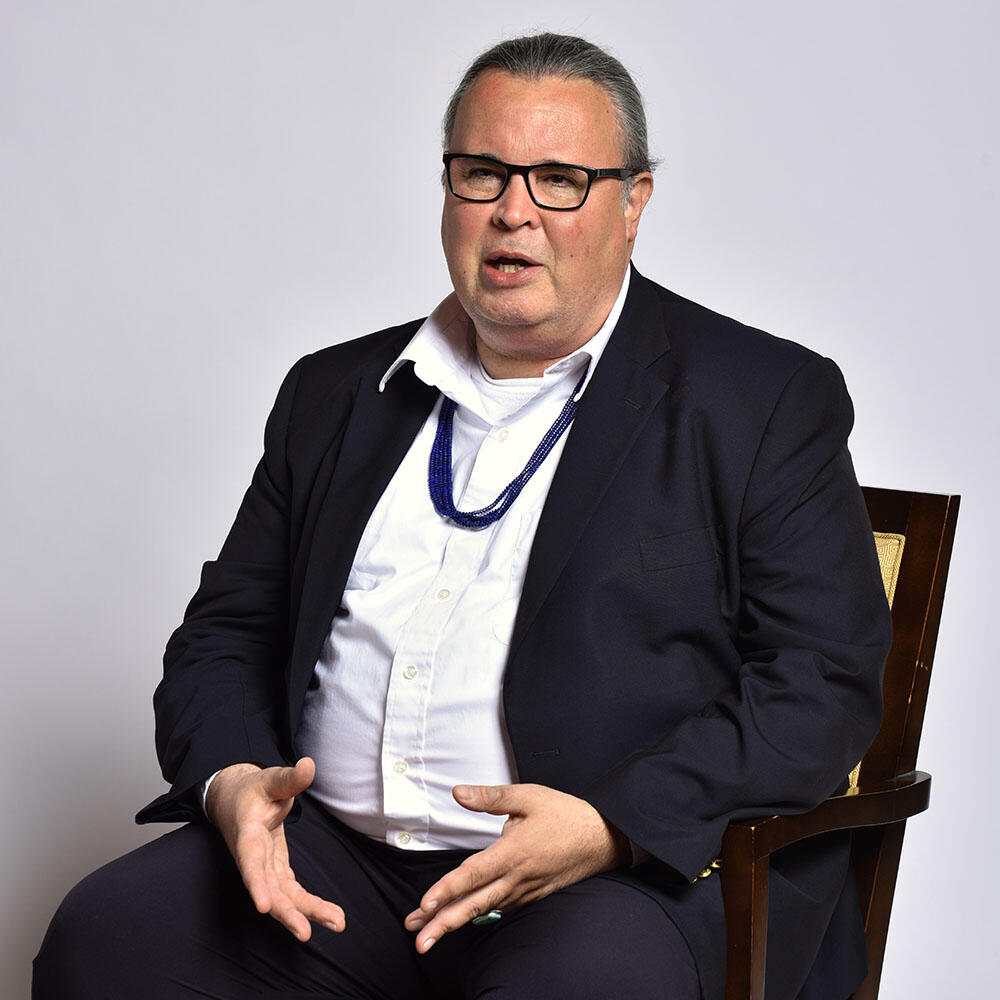 D. Finnin/© AMNH
D. Finnin/© AMNH
“The Fraser sculpture is a good work of art by any artistic standards. It’s also an integral part of a larger complex, including reliefs, roof figures and murals. Instead of asking if we should remove controversial monuments, a better question would be, how can we understand them today? How we can re-contextualize them for a present audience? And who else should we commemorate in our public spaces?”
—Harriet F. Senie, Director, M.A. Art History, Art Museum Studies, The City College of New York
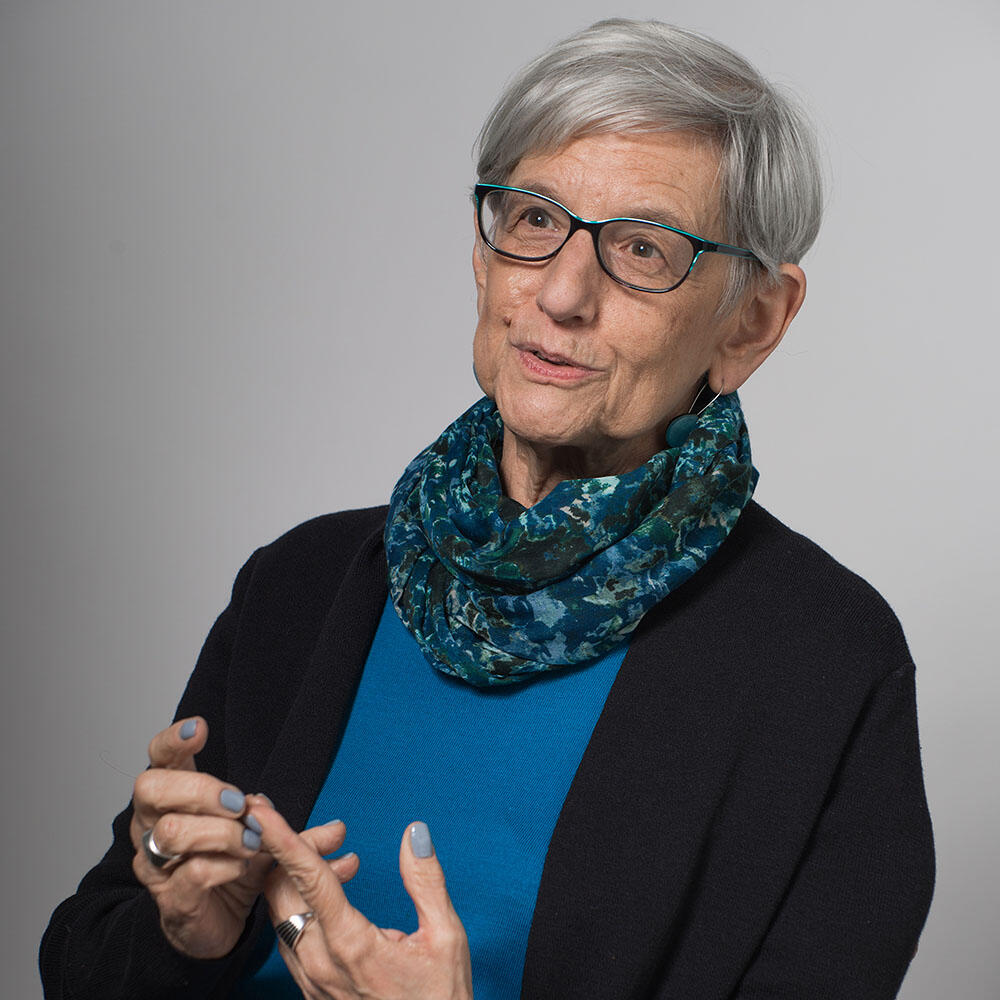 R. Mickens/© AMNH
R. Mickens/© AMNH
“I would leave this monument up, because I believe that people should see where America has been and where we could go.”
—Niles, visitor
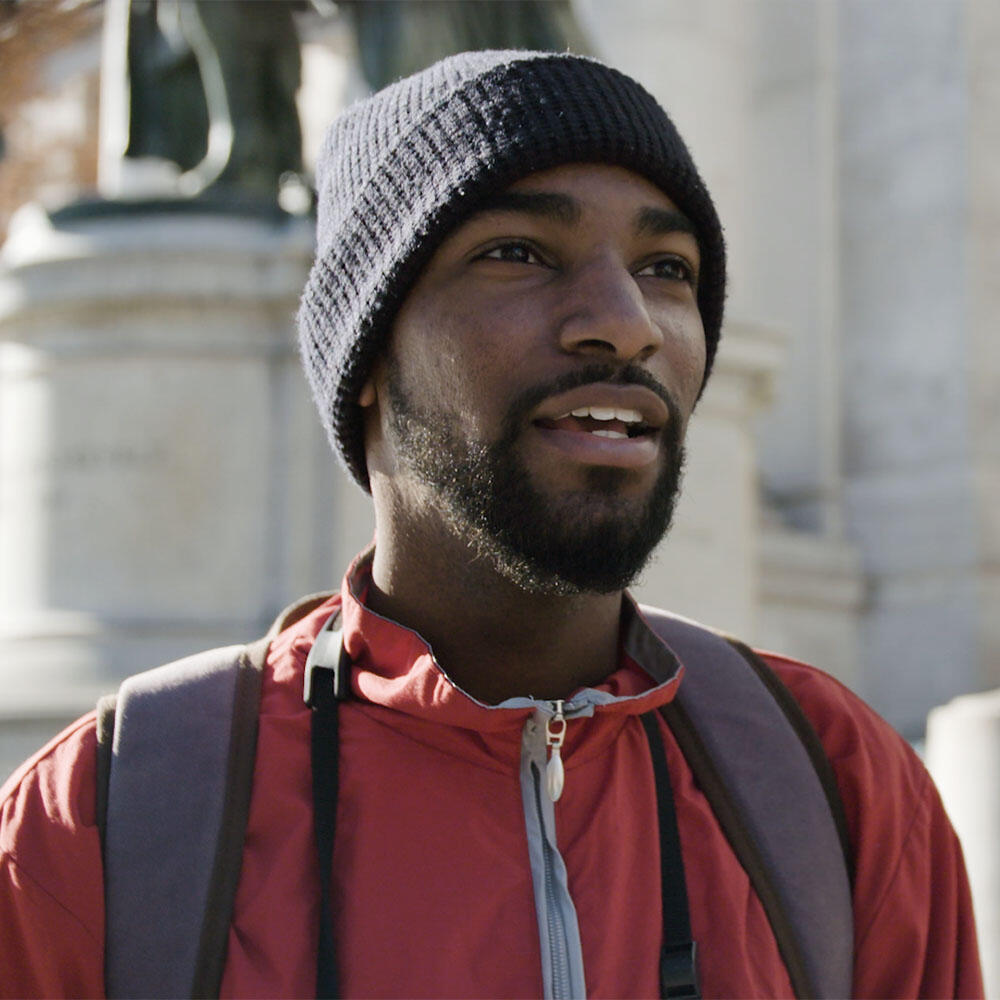 © AMNH
© AMNH
“I would remove it from public view. I don't think it deserves to occupy that prominent position any longer and certainly not in front of [this] museum.”
—Andrew Ross, Director of American Studies Program, New York University
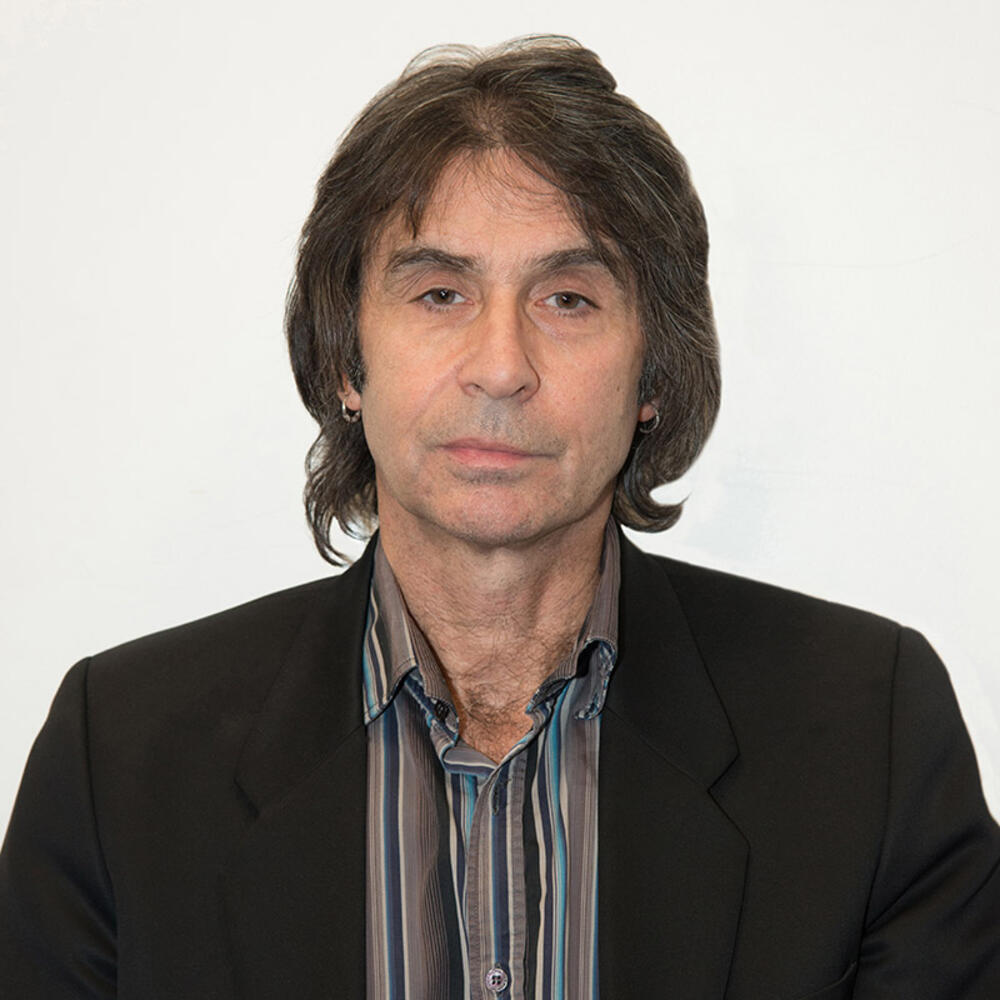 R. Mickens/© AMNH
R. Mickens/© AMNH
“I think that natural history museums that represent culture have to own their past, own their present and change both symbols and policies. They need to examine who is providing expert knowledge and how are traditional experts collaborating with descendant communities and a multiplicity of experts. Museums should not simplify stories. We should complicate them.”
—Monique Renee Scott, Director of Museum Studies, Bryn Mawr College; Consulting Scholar, Penn Museum
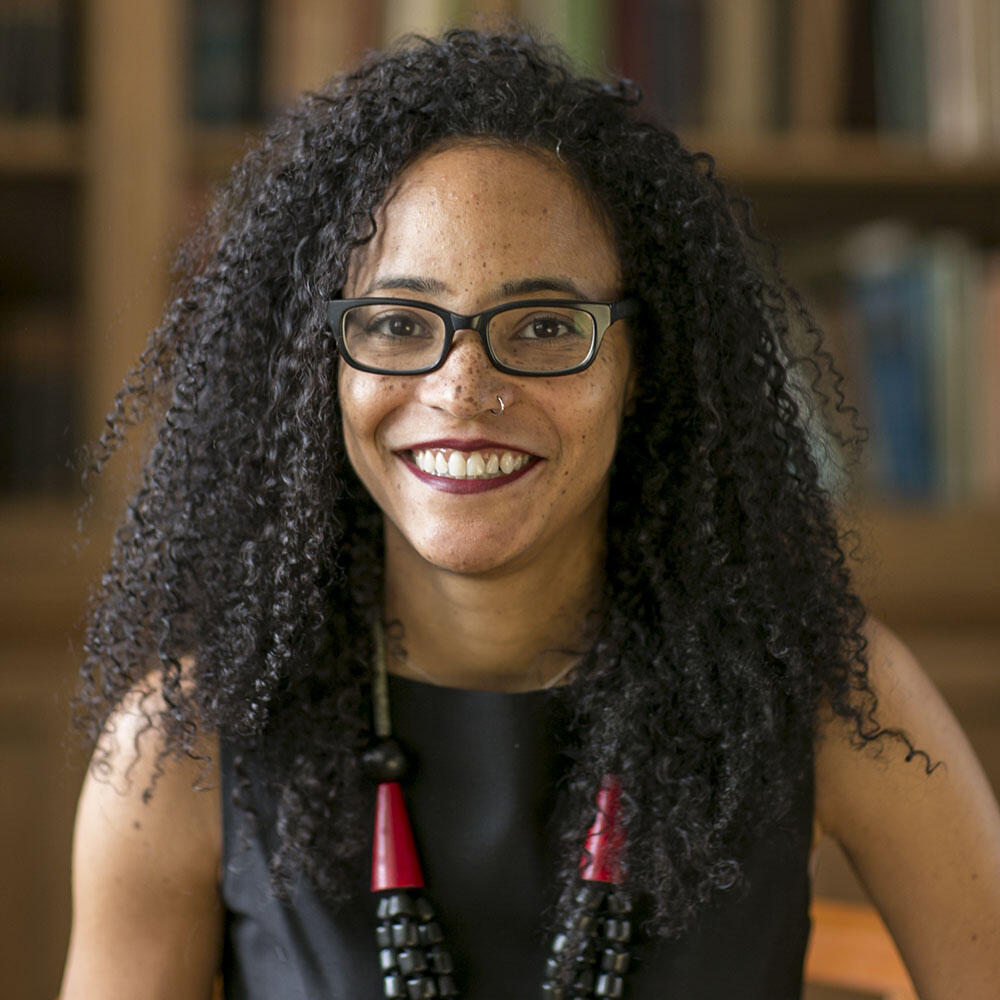 Bryn Mawr College
Bryn Mawr College
“For an American Indian person looking at the monument there's an experience of pain that comes with it. We see Roosevelt—he gets to be on the big horse. The Indian figure is this vanishing, disappearing figure of the past. That's not the real life of Indian people. It wasn't back then. It's not today.”
—Philip Deloria (Dakota descent), Professor of History, Harvard University
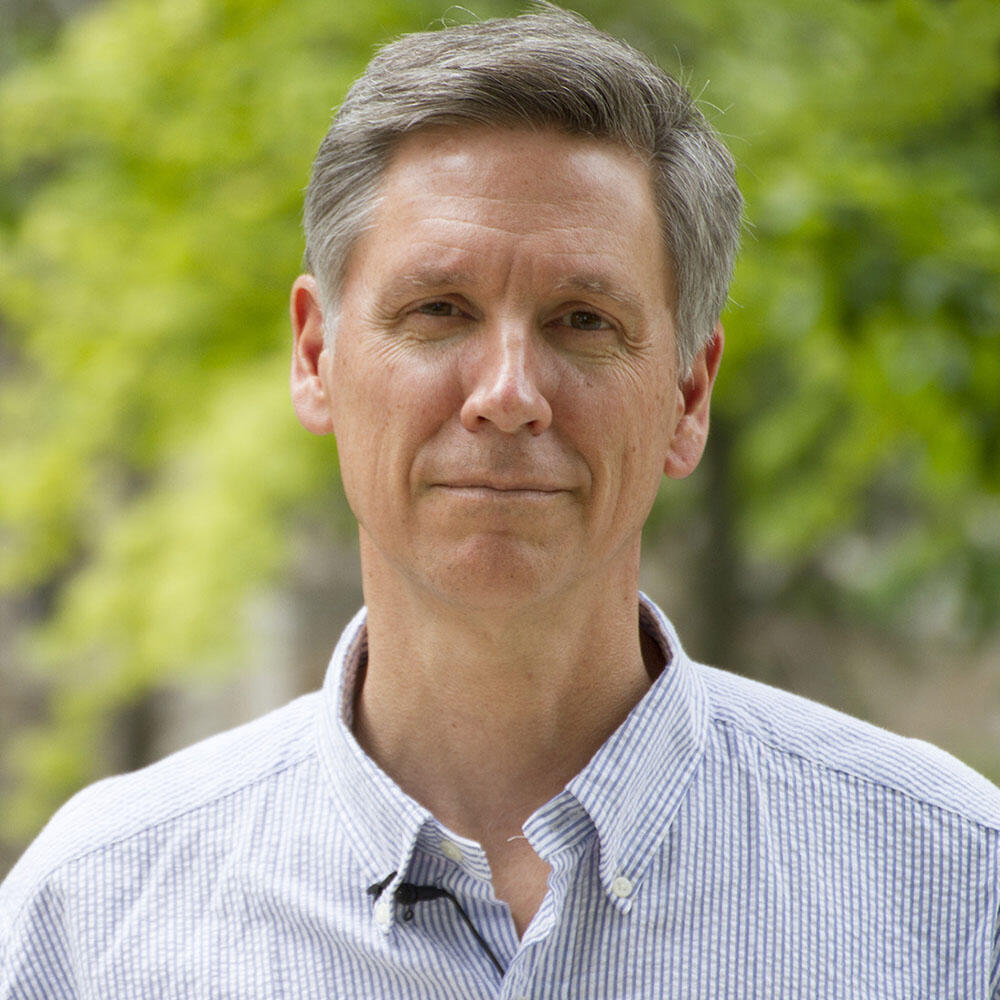 Harvard University
Harvard University
“I personally would probably take down the statue and make a new one. Like I would either have them both standing together or put them all on horses.”
—Devyn, New York City resident, pictured with her mother, Dana
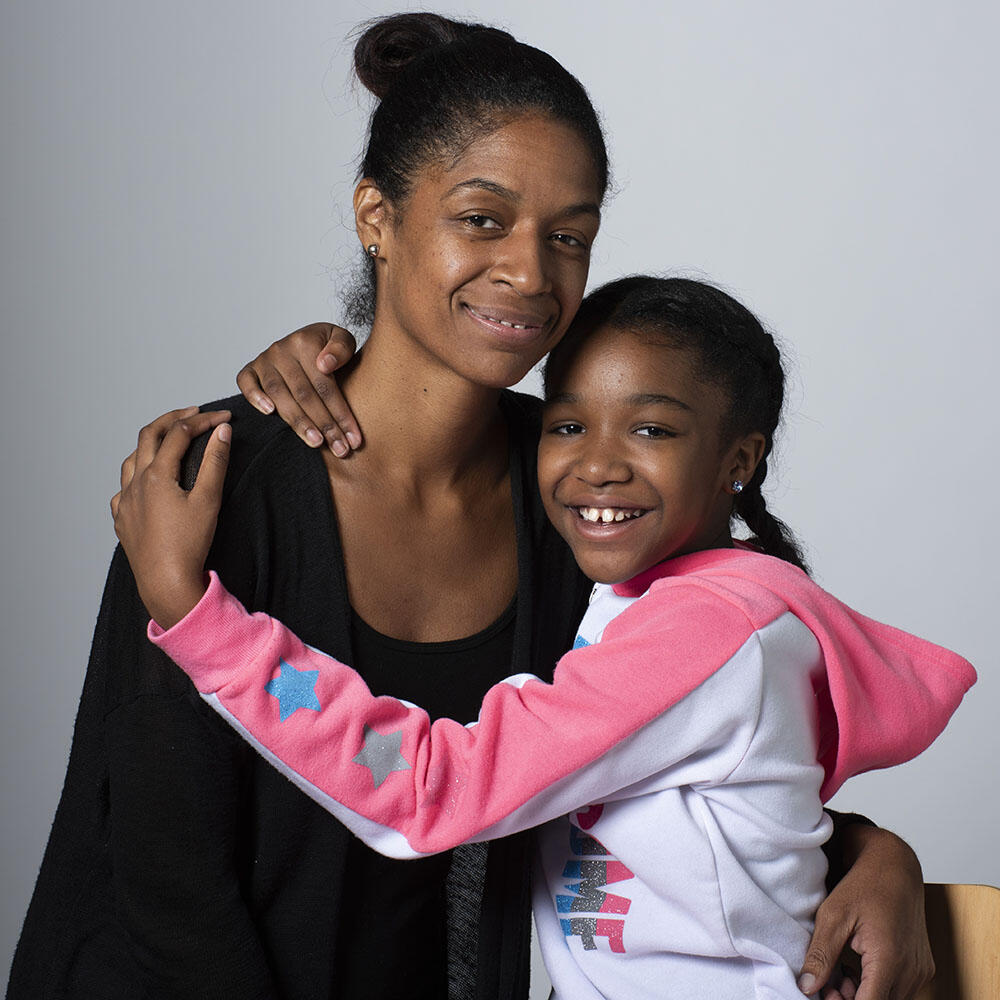 D. Finnin/© AMNH
D. Finnin/© AMNH
“So the question isn’t whether the statue is politically correct in the 21st century. It is not. The question is how do you use it as a teachable moment and how do you develop educational value for it?”
—Douglas Brinkley, Professor of History, Rice University
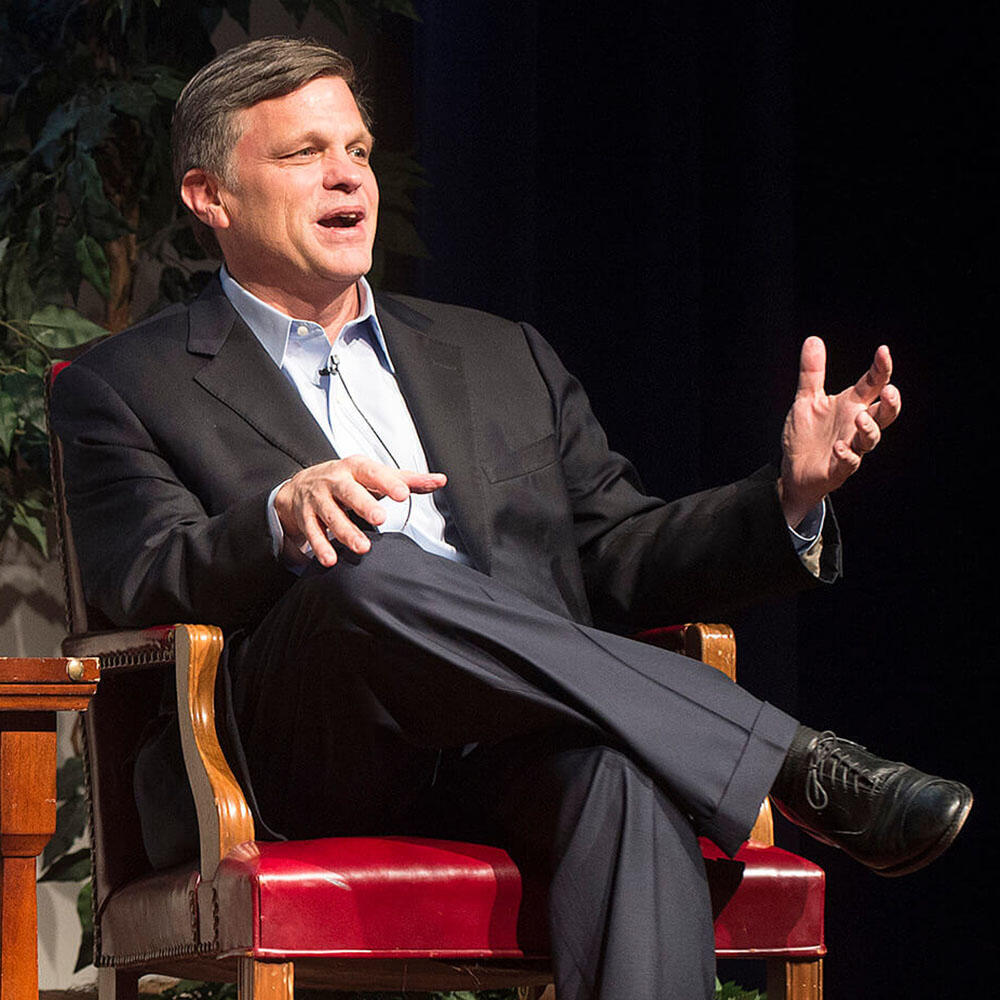 Mark Simons/Purdue University
Mark Simons/Purdue University
“We have a living culture. Indian people are often seen as figures of the past, that we’re all dead. Rather than debating the statue, we are more concerned about anything the city could do to support living cultures and the people themselves, as outlined in the Declaration on the Rights of Indigenous People.”
—Diane Fraher (Osage/Cherokee), founder and director of American Indian Artists Inc. (AMERINDA)
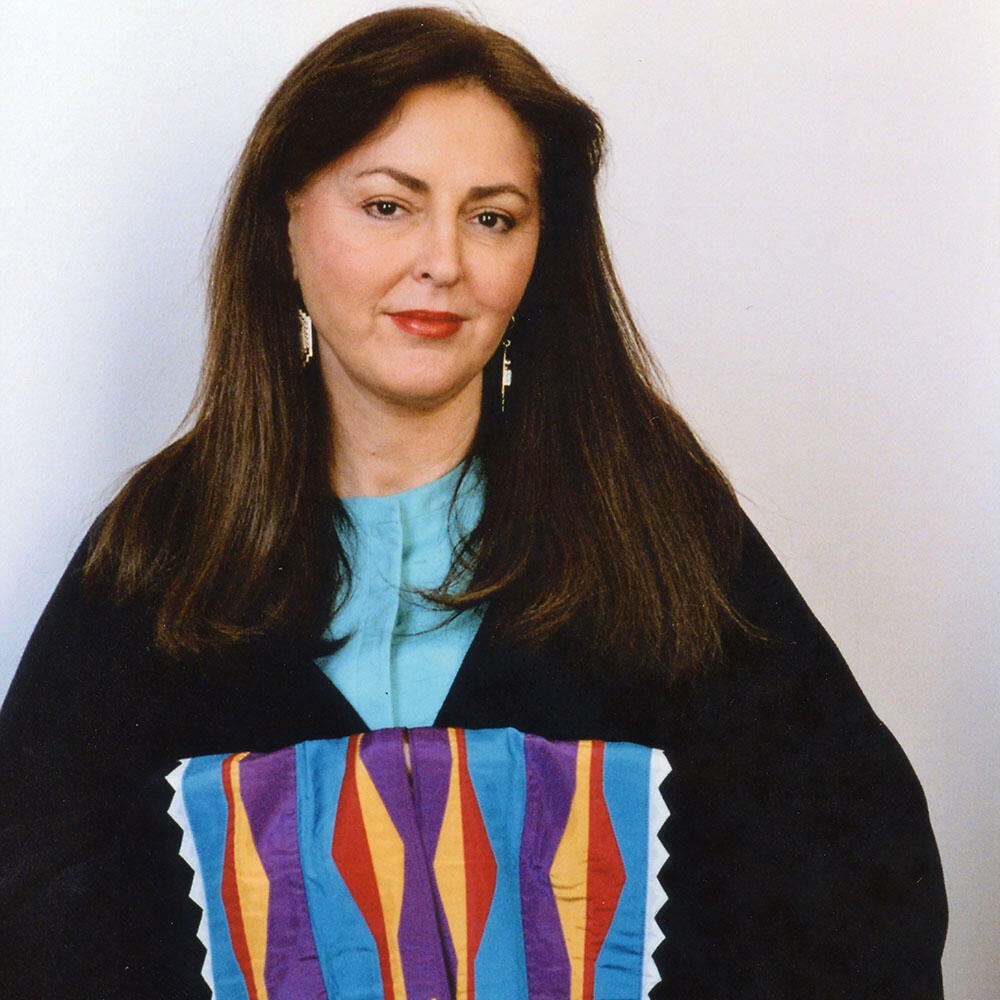 Jerry Rotondi
Jerry Rotondi
“I would put a dinosaur over here. Anything else but this. They have cheetahs in [the Museum]. Bring the lions out, bring anything else. But this is ridiculous, and it shouldn't be here."
—Nigel, visitor from Queens, NY
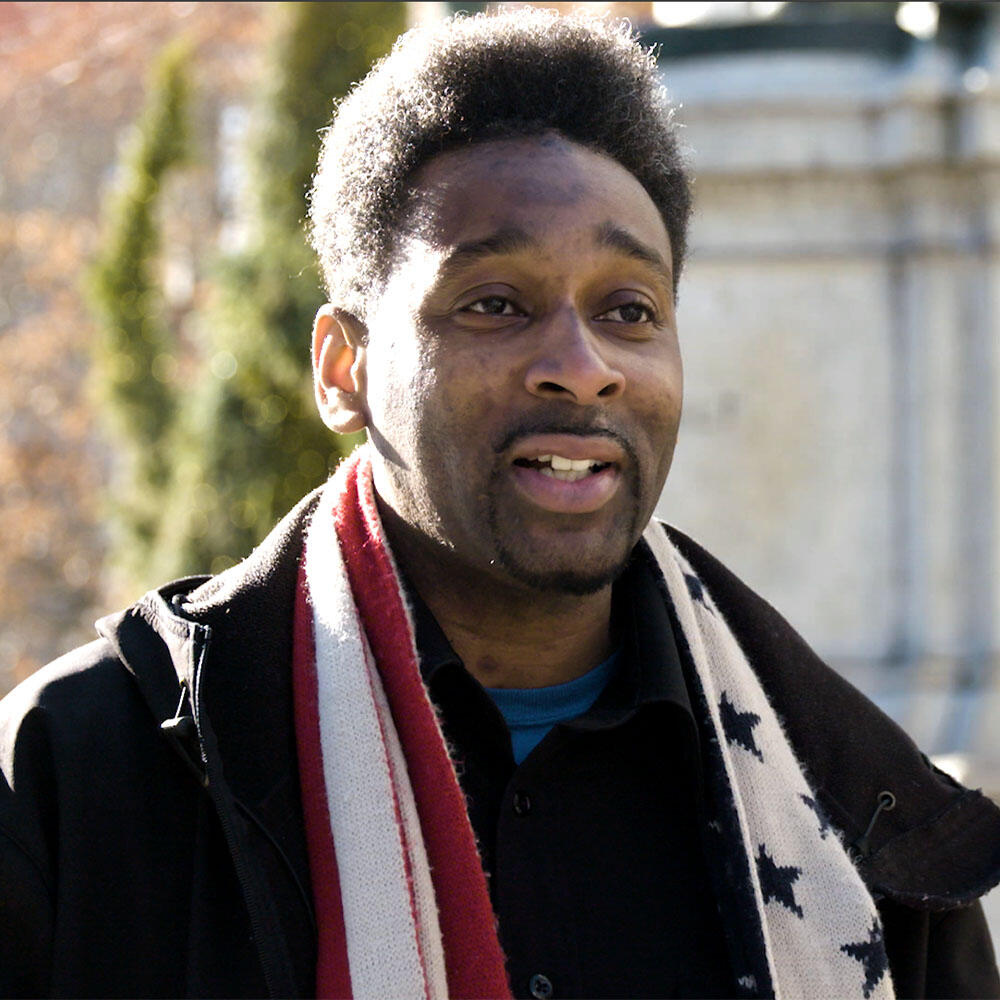 © AMNH
© AMNH
“Let's put this statue in the active voice, and let's bring in people who have issues with it. Let's make them part of the Museum community. Let's tell the full story.”
—David Hurst Thomas, Curator of Anthropology, American Museum of Natural History
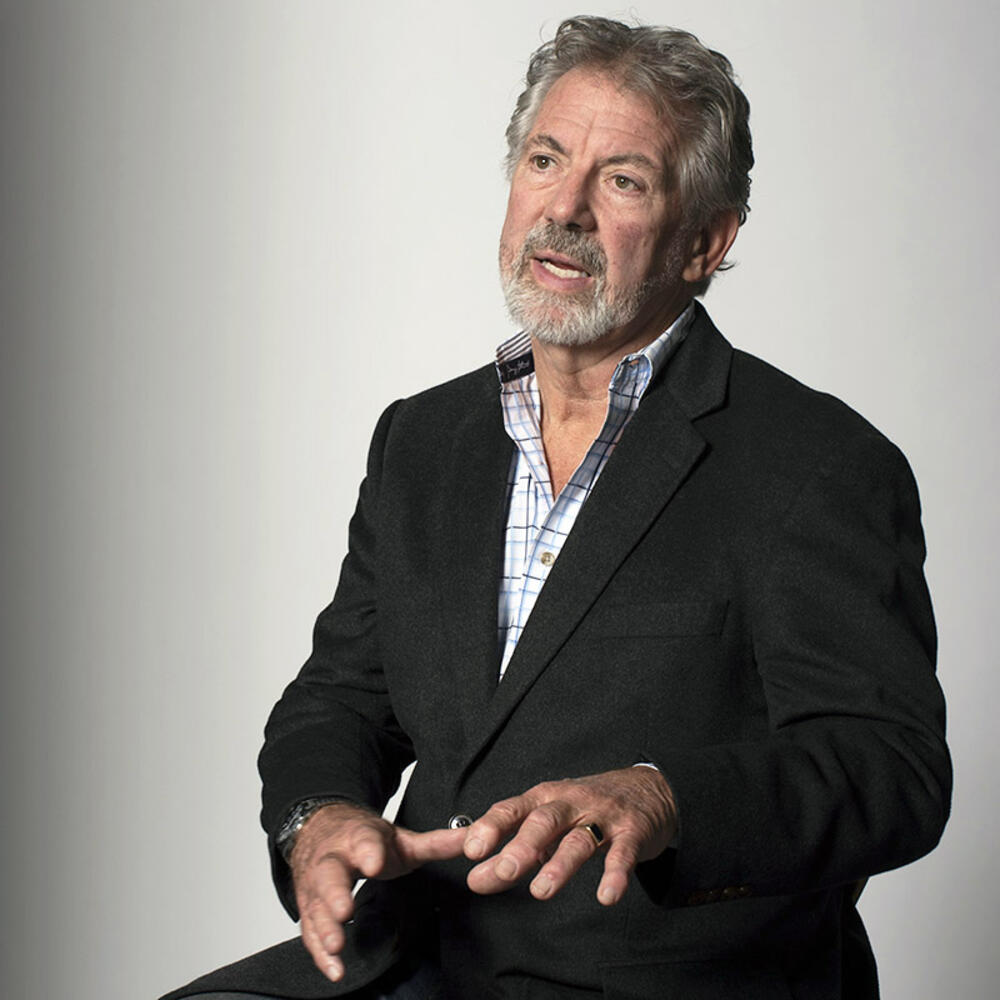 D. Finnin/© AMNH
D. Finnin/© AMNH
“[The statue] made me feel uncomfortable, but it also [starts] a conversation if you're willing to have that kind of conversation.”
—Gerry, visitor from Seattle
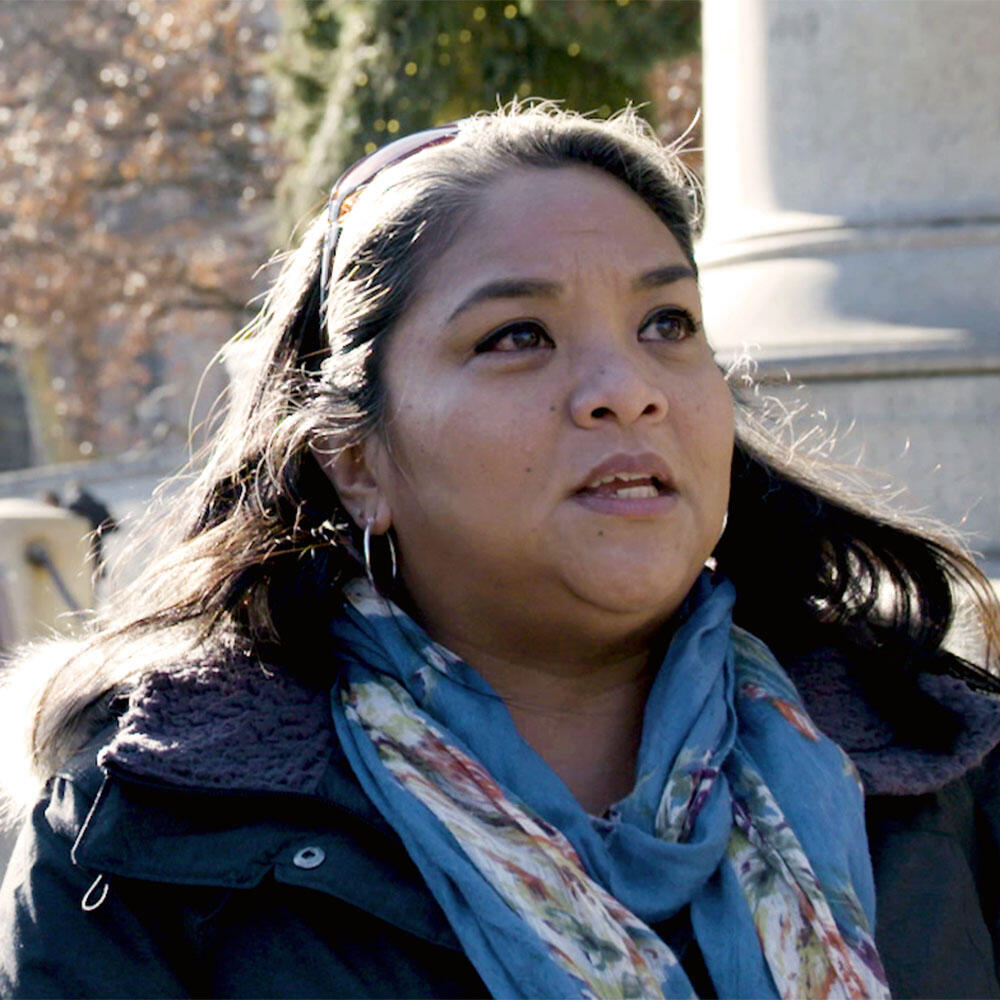 © AMNH
© AMNH